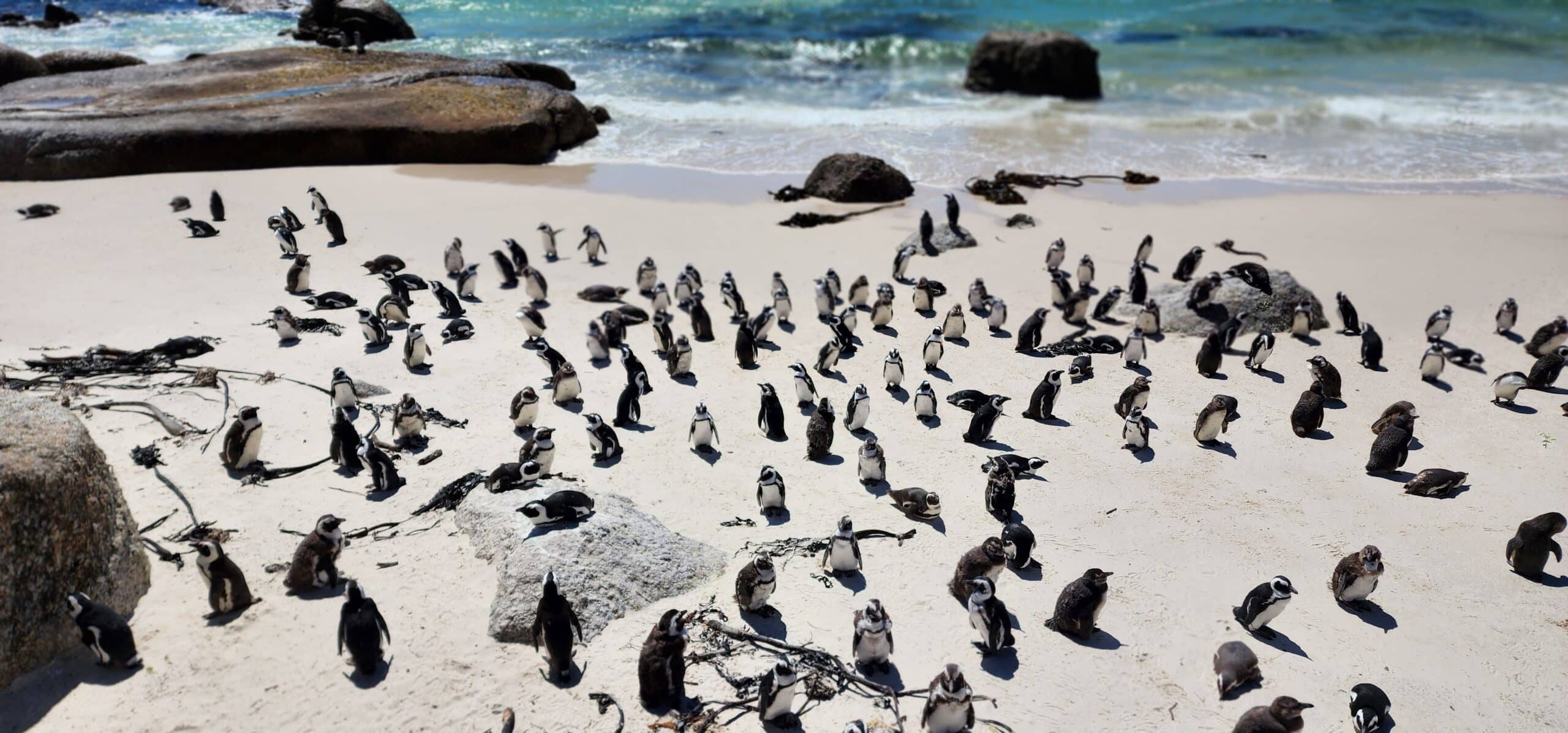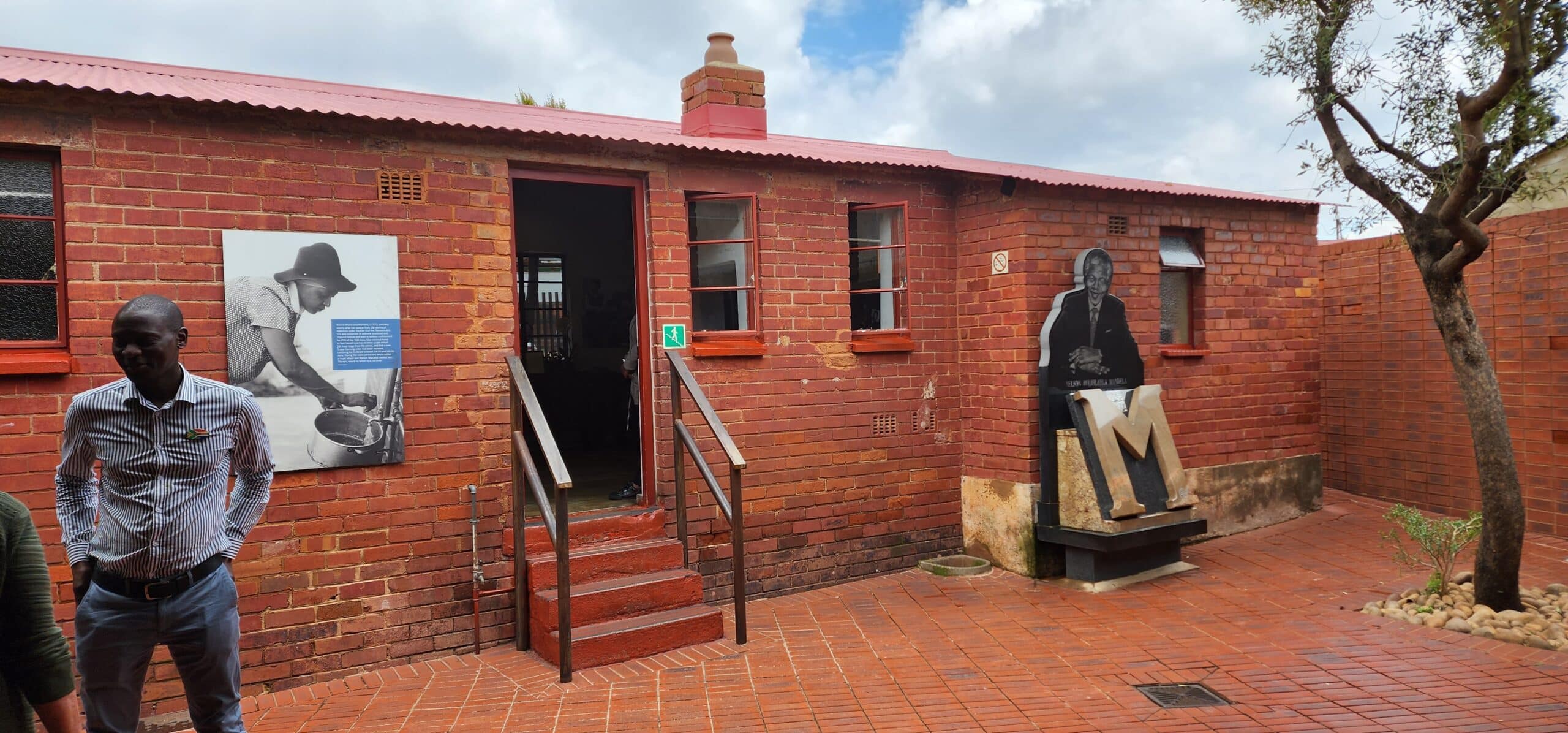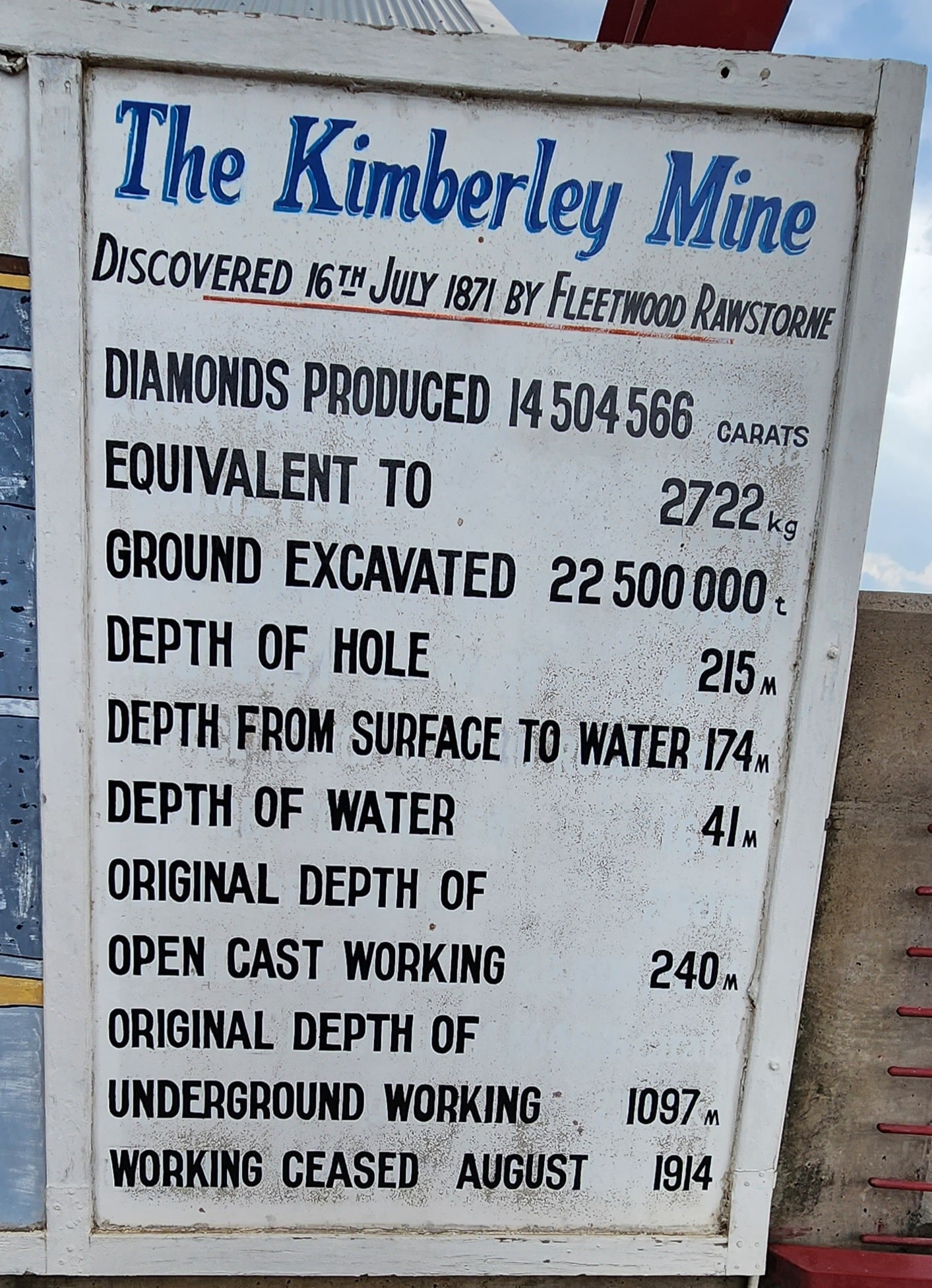Part 1 of a 2-part series
It’s true that many trips could be classified as a trip of a lifetime, but of all the trips we’ve taken, this one is truly that trip of a lifetime,” agreed Spring Hill couple Joe and Joan Griffin.
A well-traveled pair, the couple hopes that telling us about their journey to the Dark Continent will inspire others to travel, whether it be to Uncle Joe’s two states away, backpacking through Europe, or booking an all-inclusive luxury holiday at some far exotic destination.
“We are so very, very fortunate to be able to travel, and we shall always appreciate it,” said Joan. But it was Africa that we really yearned to experience.”
Africa was originally dubbed the “Dark Continent” by Welsh journalist and explorer Henry Morton Stanley. This was the late nineteenth century when Africa was a mysterious place, and its wild animals, landscapes, and cultures were largely unknown. And it is big! Bigger than China, India, the contiguous U.S., and most of Europe — combined.
“Trying to plan our trip took us a fair time because the continent offers so much, and it was difficult to prioritize what to see and do,” said Joan. “What we did know is we needed at least a month to be able to appreciate just a small taste of Africa’s beauty.”
The couple departed on their trip on Dec. 1st, 2022, and flew from Tampa to Washington D.C. and then overnight to Cape Town, South Africa, for the first exciting leg of their journey. The first week of their month-long trip would begin in Cape Town and then take them by train to Pretoria, Namibia, and Zambia experiencing some of Africa’s wild and natural world, its cultures, and very different lifestyles.
Here’s a snapshot of places they visited during the first phase of their exciting journey:
Cape Town
First on the itinerary was Cape Town — the capital of South Africa. With a population of approximately 4.5 million, the city had its origins in 1652, when the Dutch East India Company established a refreshment station for its ships on the shores of Table Bay. Now, the city is regularly voted one of the most beautiful in the world.
“From the iconic flat-top of Table Mountain right down to Table Bay, Cape Town is simply stunning,” said Joe. “It’s a fusion of cultures, cuisines, and landscapes, and we allowed two days to explore before boarding a train to take us to Pretoria — the next stage of our trip,” he said.
“Cape Town reminded me so very much of San Francisco,” said Joan.
Places to visit in Cape Town are far too numerous to mention, but the Griffins managed to cram in some spectacular excursions:
Bo-Kaap — the Malay Quarter; its origins date back to the 1760s when numerous “huurhuisjes” (rental houses) were built and leased to slaves. These people were known as Cape Malays and were brought from Malaysia, Indonesia, and the rest of Africa to work. When the slaves were allowed to buy the properties, all the houses were painted bright colors by their owners as an expression of their freedom. The candy colors of their homes are a reinvention of the community as a rainbow nation and as an expression of liberation after the apartheid years.
The Cape of Good Hope is majestic — it’s the southwestern tip of Africa where the Indian Ocean meets the Atlantic Ocean and used to be called the Cape of Storms because of the super strong winds and ocean currents. Aside from its breathtaking beauty, the cape is rich in biodiversity, with rare species like humpback whales, dusky dolphins, and rare birds.
Robben Island is a must. Aside from its wildlife and coastal beauty, this is the island where Nelson Mandela was imprisoned for 27 years. Dating even further back, this place was once a leper colony and a facility for the mentally ill in the 1800s. There are tour guides who are actually former political prisoners that will give first-hand accounts of the Apartheid era.
Boulders Beach — And for some cuteness, a visit to Boulders Beach Penguin Colony will delight. Hundreds of penguins can be found basking on its sunny shores, and it’s the only place near Cape Town where you can find these endangered African penguins. These cuties are about knee-height and unfairly dubbed as Jackass Penguins for their distinctive braying.
Dining — A large multicultural center, Cape Town’s dining scene is a foodie’s paradise. From Cape Dutch to French, Indian, British, and Japanese, it’s a mix of styles, flavors, and techniques.
“There are several dishes you have to try when visiting,” said Joan. “Like traditional South African braai (barbecue), Bunny Chow, Fish and chips, wild game meat, a Gatsby or Japanese sushi.”
A Gatsby is a submarine sandwich filled with smoked meats and flavourful sauces, and a Bunny Chow is basically half a loaf of hollowed-out bread filled with curry using beef or chicken.
“One thing,” said Joan, “Bunny Chow has nothing to do with rabbits.”
ROVOS Train to Pretoria
Next on the Griffins’ itinerary was a luxury train ride to Pretoria.
“We left Cape Town about 4 p.m., and we were pampered from the moment we stepped aboard,” Joan said.
“It was straight out of Agatha Christie,” said Joe. “With its polished wood, opulent upholstery, and antique fixtures, the train epitomized for me the glamour and elegance of rail travel. From the vintage carriages and liveried stewards to the exquisite cuisine and fine wines, each moment is to be savored.”
Once the couple had settled into their stateroom with its rich mahogany walls and window blinds, and sumptuous bedding, they explored the rest of the train, eager to experience all.
Besides the staterooms, the train offered a number of lounges and salons decorated with plush couches and club chairs.
“Definitely, the kind of lounges and salons where ladies and gentlemen are encouraged to dress for dinner,” said Joe.
“And we did,” said Joan.
Dining On Board
Dining on the Rovos train is a mix of contemporary and South African signature dishes. Dishes like Cape Rock lobster tails, Karoo lamb shank, bobotie – a Malaysian dish of ground meat with a sweet topping,” Joan explained. The menu changes every day, and lunch is equally as good as dinner.”
“But it was the elegant dining room we loved,” said Joe. “There were wall sconces, wood paneling, and handsome leather chairs and tables set with fine, white china, crisp white tablecloths, silver cutlery, and crystal glasses, “ he said.
“It was easy to socialize with the other passengers, and we met so many interesting people from all over the world,” Joan added.
The couple agreed the best place on the train during the day was the observation deck at the end of the club car. “It had the classic open-air balcony, big picture windows, a bar, sofas, and booths,” said Joe. “It was perfect for mingling with other guests or to find a quiet corner to savor the breathtaking views,” he said.
Matjiesfontein
The first stop on the 4-day train journey was at Matjiesfontein, a Victorian village founded in 1884 by Scotsman James Douglas Logan.
It’s located in the Great Karoo region, known for its mountains and desert.
“We loved Matjiesfontein, its Victorian architecture, and particularly the Lord Milner Hotel, which James Douglas Logan built in 1899,” said Joan. “It’s a beautiful white-washed Victorian mansion that’s now a hotel and spa.”
Kimberley Diamond Mine
On the second day of the train journey, the Griffin couple arrived at Kimberley and took a tour of the Kimberley diamond mine. Also known as the “Big Hole,” it is so large it’s visible from space. The huge pit has yielded some of the world’s largest diamonds, and sadly, this was where the term “blood diamond” was coined. The mine is the largest and one of the deepest man-made excavation sites in the world and is about 600 feet deep. It was an active mine from 1871 to 1914, and today is the most visited site in the country.
“We visited the museum, which reflects the fascinating South Africa of yesteryear, and exhibits include a church and a diggers’ town, as well as shops and houses,” said Joan.
The Kimberley Museum is touted as the best in the world. Visitors can watch a short movie about the location and the history of diamond mining in Africa. They also get to walk out on a high platform to view The Big Hole, take a ride down a faux mining shaft, and enter a locked vault to view real diamonds of all colors.
On the morning of the last leg of a luxurious railway trip and after a wonderful breakfast, the Griffins arrived in Pretoria. After a refreshing night’s sleep, they are off for yet another excursion to Johannesburg and a visit to Soweto, the sprawling township home to Nelson Mandela, the South African anti-apartheid activist and politician who served as the first president of South Africa from 1994 to 1999.
Soweto, Johannesburg
Soweto is a township of about 2 million people just to the southwest of Johannesburg. Its name is an abbreviation of ‘South West Townships.’ It is here where significant political hardships and events occurred during Johannesburg’s apartheid troubles — events that have shaped present-day South Africa.
“First on the tour was the Nelson Mandela Museum on Vilakazi Street which was formerly his house,” said Joan. “ It was overflowing with memorabilia, photographs, and paintings of Mr. Mandela and his family,” she said.
“Incidentally, Vilakazi Street was also home to Desmond Tutu, Nobel Prize Winner Anglican bishop, and theologian, known for his work as an anti-apartheid and human rights activist,” said Joe.
Also worth a visit is the Hector Pieterson Museum and Memorial. Hector was a young student killed during a demonstration protesting the policies of apartheid. This museum is a memorial for all the students who revolted against these policies, a revolt that heralded the end of apartheid.
“Soweto may have had a dark past, but it is well worth visiting,” agreed the couple. “Most people just don’t have an understanding of what happened here.”



















